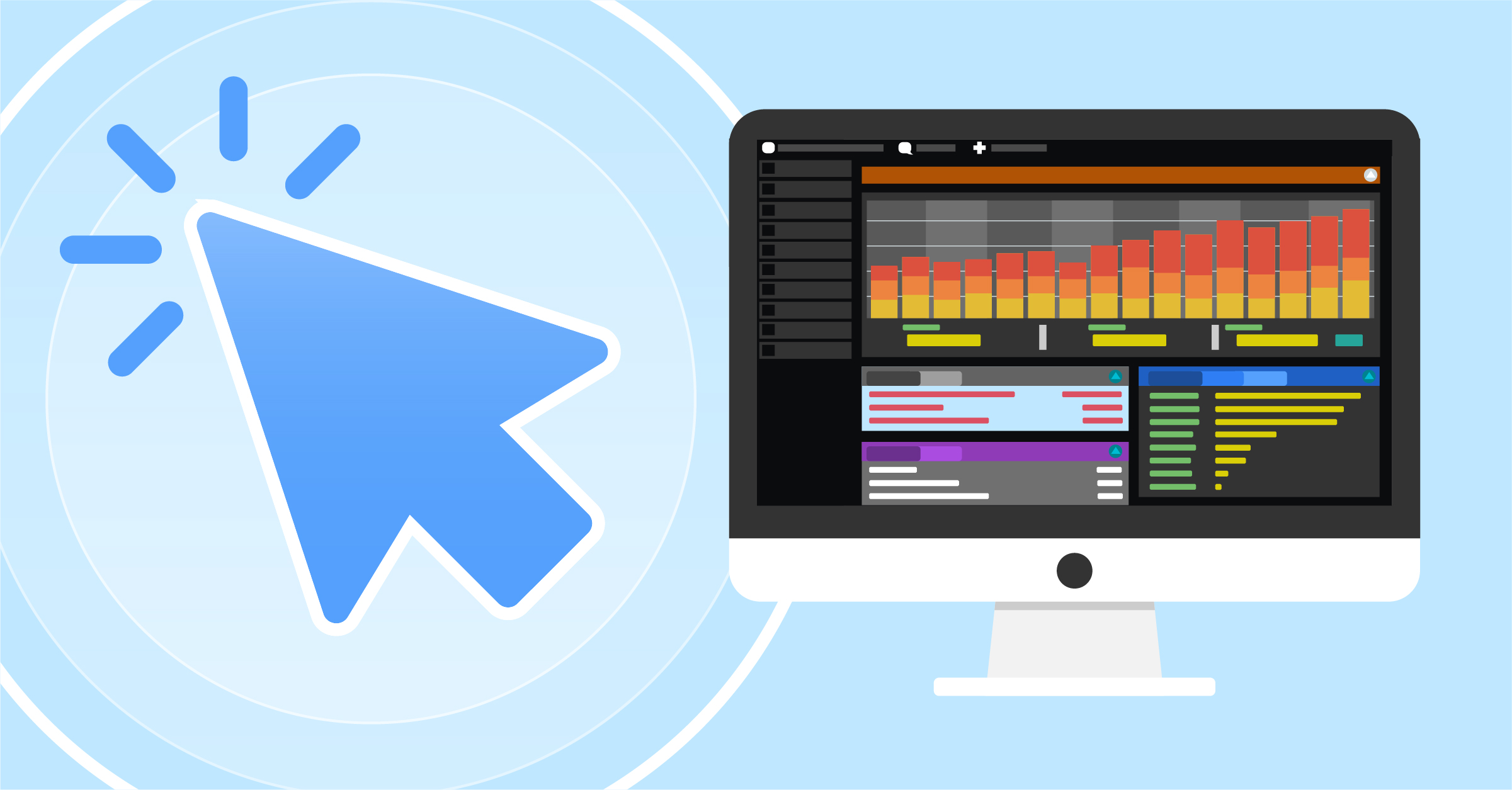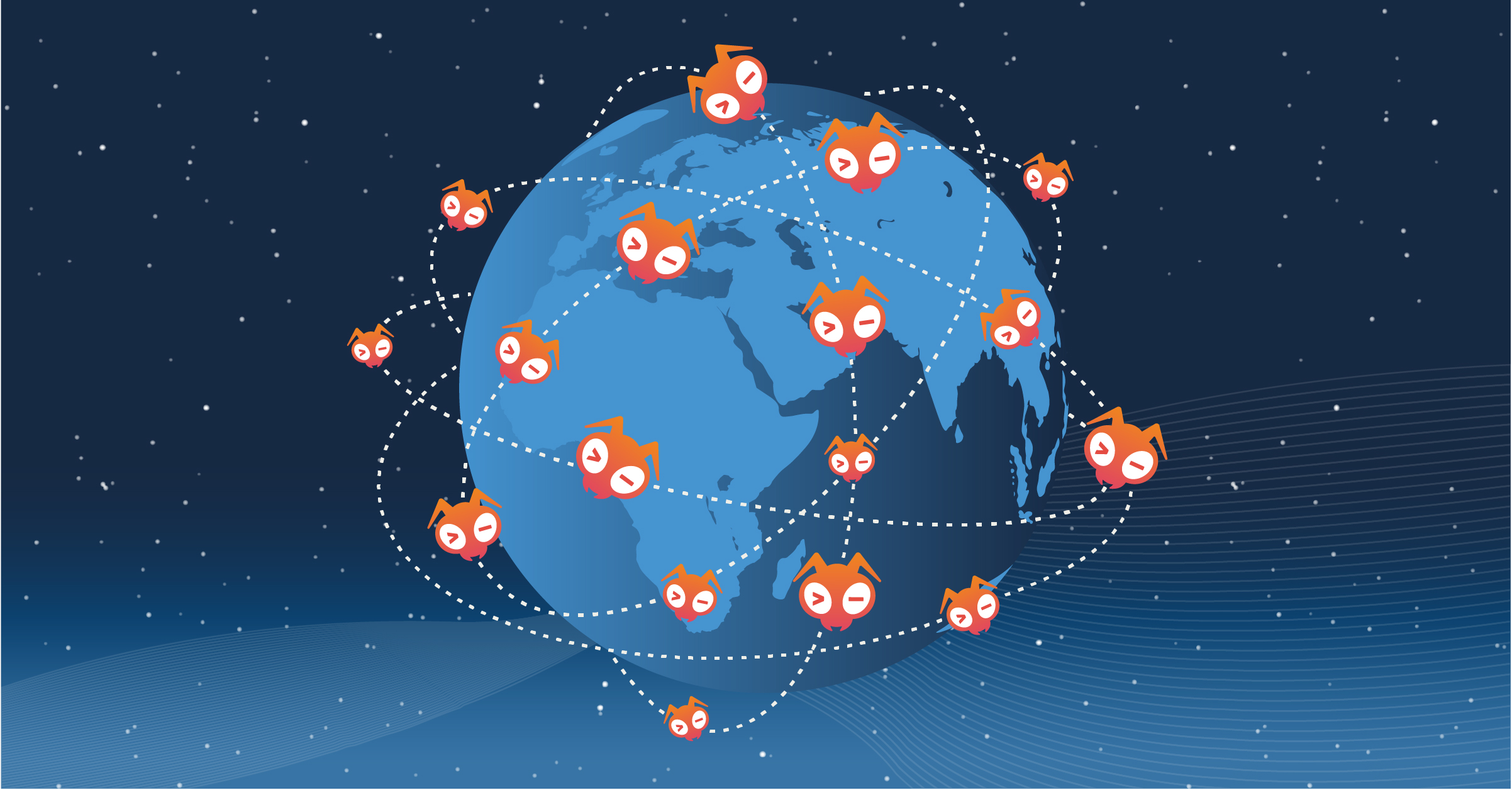New: built-in Grafana dashboards now available to all Giant Swarm users
by Oshrat Nir on Aug 13, 2021

If you’re reading this, you probably already know how important observability is for cloud-native, especially at an infrastructure level. As part of our fully managed cloud-native infrastructure, all our installations run their own metrics infrastructure built with Prometheus and Grafana. This infrastructure powers our metrics and alerting, a key part of our operations.
Previously, access to this infrastructure was not available to users. Our general workaround was for people to run their own metrics infrastructure, such as spinning up their own Prometheus servers. This isn’t a great experience, though — it’s wasteful, and means we don’t have the same view of the infrastructure. Most importantly, it doesn’t align with our value of being as transparent as possible. We had this data and it wasn’t available.
Given this, we’ve now built out the support for making these Grafana instances accessible to users. This allows users to access the Grafana instances on their Giant Swarm installations, and observe and introspect their own cloud-native infrastructure, all managed by Giant Swarm.
It’s nice to see you too
Right now, Giant Swarm users have access to up to three built-in dashboards:
- Nodes — this dashboard gives an overview of the control plane nodes and the worker nodes making up workload clusters, to help debug potential cluster health issues.
- Alerts, Inhibitions, Silences — this dashboard provides information about alerts, inhibitions, and silences for the installation. It uses the same data that we use to maintain and operate customers’ cloud-native stacks. It’s cool to be transparent!
- KVM Resources — only available on our on-prem installations. This dashboard provides an overview of how many resources are in use across the entire installation, helping with capacity planning.
The home page also provides information. Particularly it displays the latest release notes showing any changes in the built-in dashboards. These can also be found on the Giant Swarm website.
We’ve got ideas for many more dashboards, and we’ve made it easy for our teams to add new dashboards as new requirements from users come up. We'd love to hear your thoughts!
Next iterations
While having access to dashboards is great from a visual point of view, integrating with it further is difficult. This is why in our next iteration, we plan to provide the PromQL endpoint powering this Grafana interface directly. This will enable users to query any data they want from their installation’s managed Prometheus infrastructure.
Then we’re planning to take it a step further and make life easier for customers with multiple installations. We plan to solve the need to query each of their installations’ PromQL endpoints separately. We plan to give our users a PromQL endpoint that provides a combined view of all their installations. For our larger customers, this will give a single view over dozens of installations, hundreds of clusters, and millions of time series, all from a single endpoint.
Getting started with dashboards
If you are an existing Giant Swarm user using our web UI, you can get started with dashboards today by clicking on the Monitoring menu item in the top bar of the web interface. If you are not a web UI user, you can ask your Giant Swarm support contact for the URL to access dashboards.
For more information about this functionality and its prerequisites, check out our documentation.
Finally, if you are not (yet) a Giant Swarm customer, and would like to learn more, please get in touch!
You May Also Like
These Related Stories

Giant Swarm’s giant network
‘Reflection meets celebration’ is usually a good way to distill the multiple and often contradictory feelings inspired by a birthday. In other words, …

Giant Swarm's farewell to PSPs
Pod Security Policies (PSPs) are deprecated and will be removed in Kubernetes version 1.25. Obviously, our customers still want to have security contr …

11 Habits of Highly Effective Giant Swarm Product Owners
With years of experience working with diverse teams, we've curated a list of habits that we encourage our Product Owners to develop. Our hope is that …